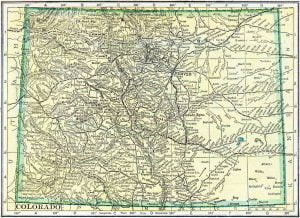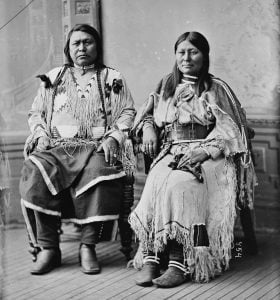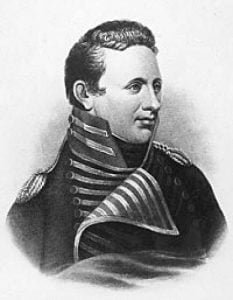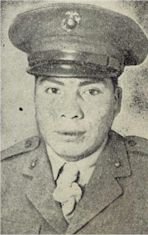Were the Cheyenne Responsible for the Sand Creek Massacre?
But were the Cheyennes responsible for all this? Quite as much so as any of the tribes. They began stealing stock early in the spring, and, on April 13, a herdsman for Irving, Jackmann, & Co. reported that the Cheyennes and Arapahoes had run off sixty head of oxen and a dozen mules and horses from their camp, thirty miles south of Denver. Lieutenant Clark Dunn was sent after them with a small party of soldiers. He overtook them as they were crossing the Platte, during a heavy snowstorm. A parley was commenced, but was interrupted by part of the … Read more






